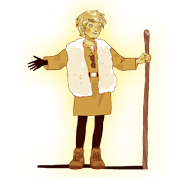
 Poudrière Binot
Poudrière Binot
More informationVillage of Mont-DauphinVauban planned a second powder magazine, in addition to the one close to the Arsenal. Its storage capacity was smaller and included two drainage galleries on the ground floor. Its design is also different to the Arsenal magazine in that it does not have buttresses and has a gable roof.

